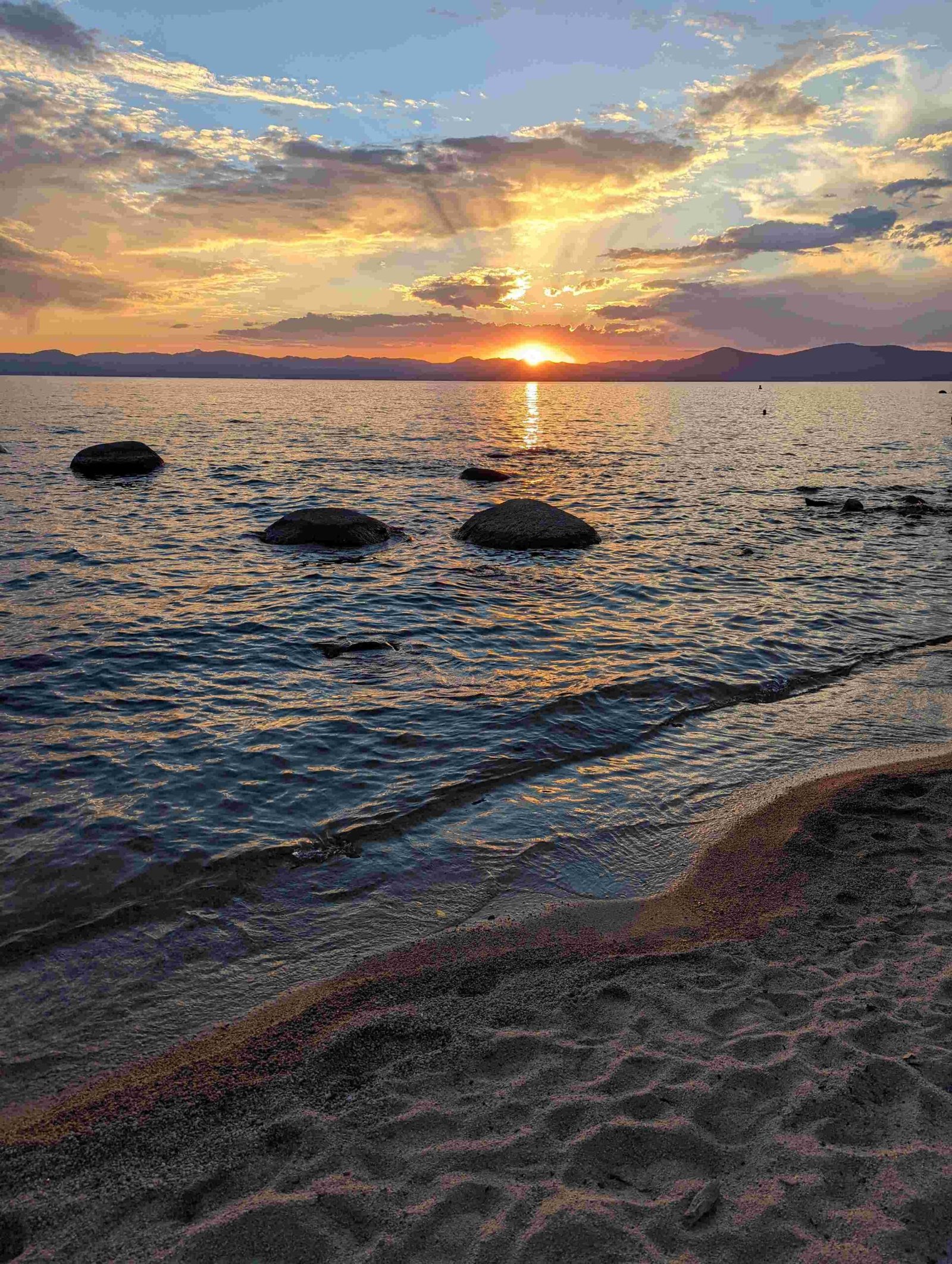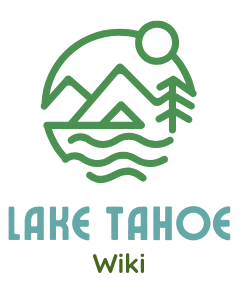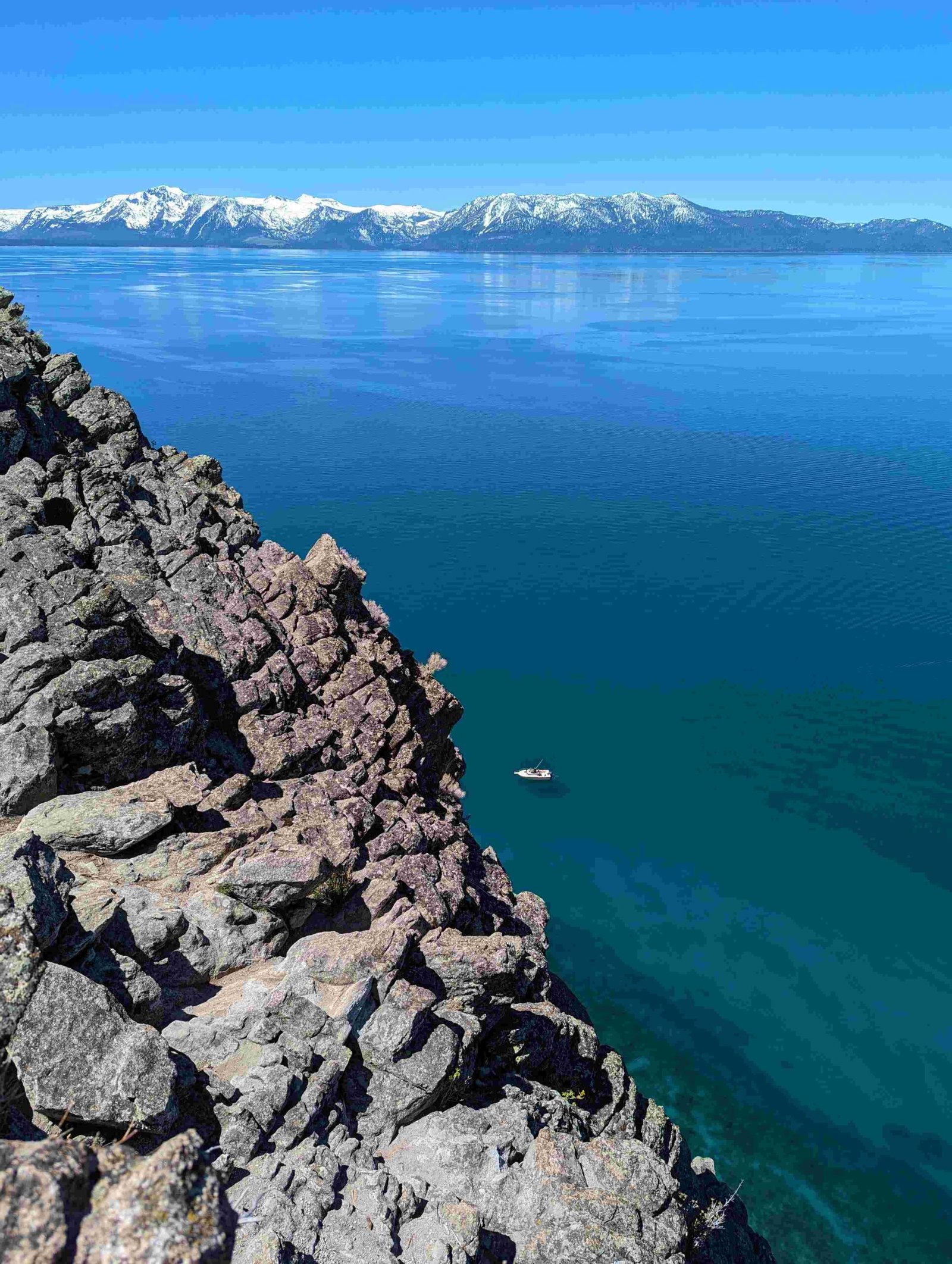Lake Tahoe’s boating regulations are complex and nuanced, with no strict maximum boat size limitation. Instead, boat operators must navigate a comprehensive set of environmental, safety, and operational guidelines that prioritize the lake’s ecological preservation and visitor safety. Boats of various sizes can access the lake, but must comply with stringent inspection, engine, and operational requirements that ensure minimal environmental impact and maximum user safety.
What Are the Specific Boat Size Considerations?

While Lake Tahoe does not impose a definitive maximum boat length restriction, several critical factors influence boat operations:
Physical Limitations
- Marina dock lengths
- Launch ramp capacities
- Navigation channel widths
- Water depth variations
Regulatory Constraints
- Engine Type Restrictions
- Direct fuel-injected two-stroke engines allowed
- Four-stroke engines permitted
-
Carbureted two-stroke engines prohibited
-
Environmental Compliance
- Must meet EPA 2006 Standards
- California Air Resources Board (CARB) 2001 Standards compliance
How Do Boat Size Regulations Impact Vessel Selection?

| Boat Category | Typical Length | Considerations |
|---|---|---|
| Small Boats | 12-20 feet | Easiest access, minimal restrictions |
| Medium Boats | 20-30 feet | Moderate inspection requirements |
| Large Boats | 30-50 feet | Complex launching, additional safety protocols |
| Oversized Vessels | 50+ feet | Significant logistical challenges |
Practical Recommendations
- Smaller boats (under 26 feet) typically experience fewer operational restrictions
- Larger vessels require more comprehensive preparation
- Always confirm specific marina and launch site capabilities
What Inspection Protocols Exist?
Mandatory inspection processes apply to all boats, regardless of size:
– Complete Aquatic Invasive Species (AIS) inspection
– Advanced appointment required
– Boats must be clean, drained, and dry
– Inspection stations located at:
1. Meyers
2. Truckee
3. Spooner Summit
4. Alpine Meadows
What Safety Equipment Is Mandatory?
Federal regulations mandate specific safety equipment:
– Appropriate number of life jackets
– Functional fire extinguishers
– Sound-producing device (whistle/horn)
– Visual distress signals
– Proper ventilation for inboard gasoline engines
Are There Operational Restrictions?
Critical operational guidelines include:
– 5 mph speed limit within 600 feet of shoreline
– 5 mph within 100 feet of swimmers
– 5 mph within 200 feet of structures
– No-wake zone enforcement
– Boating under the influence strictly prohibited
How Can Boaters Prepare?
Recommended preparation steps:
1. Complete mandatory boater education course
2. Verify vessel compliance with environmental standards
3. Schedule pre-launch inspection
4. Confirm marina/launch site capabilities
5. Review current Lake Tahoe boating regulations
Expert Insight
Successful Lake Tahoe boating experiences depend more on regulatory compliance and environmental consciousness than strict boat size limitations.
Conclusion
Lake Tahoe offers remarkable boating opportunities with flexible size accommodations. Prioritize safety, environmental preservation, and thorough preparation to ensure an exceptional maritime experience.

